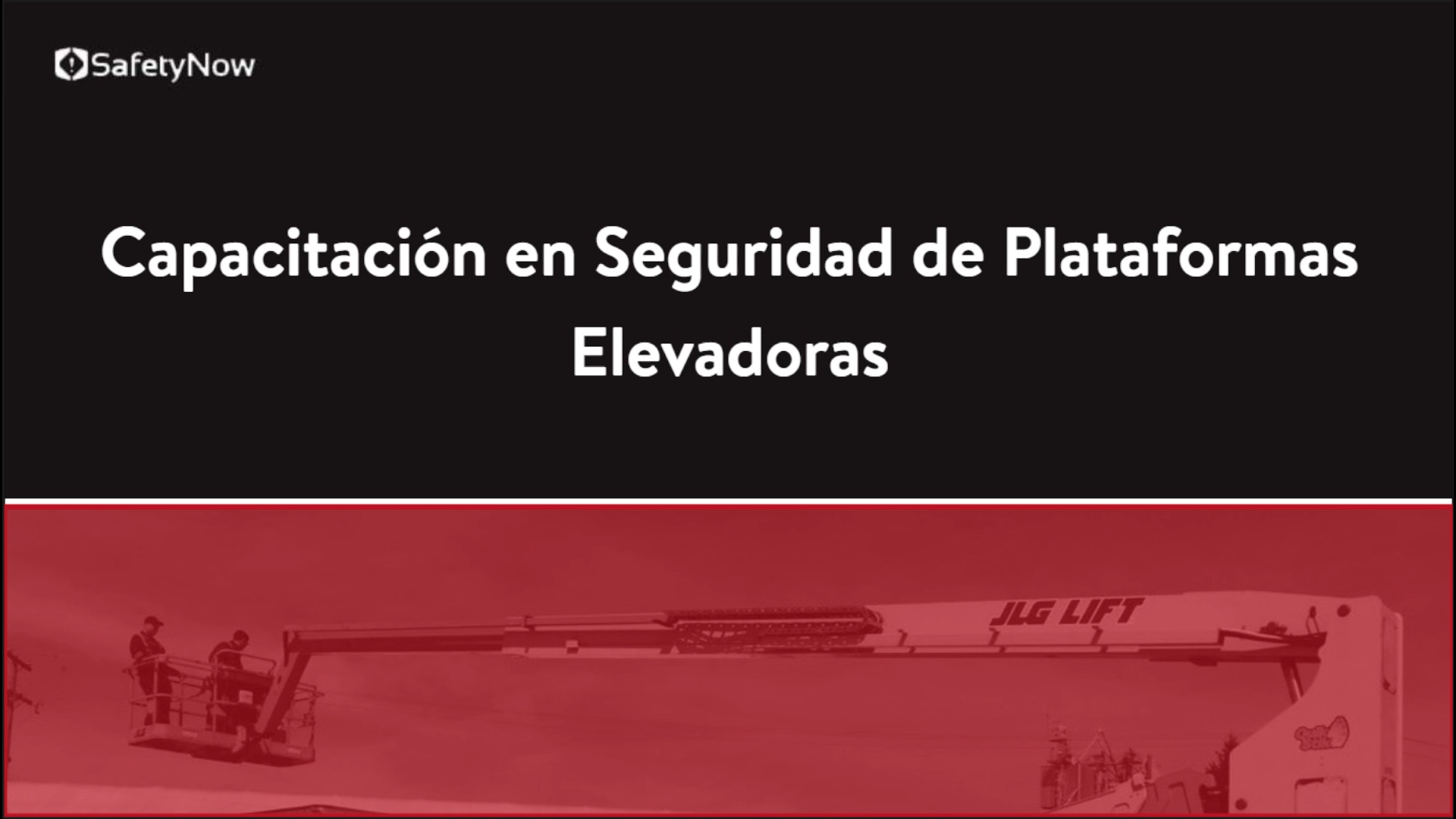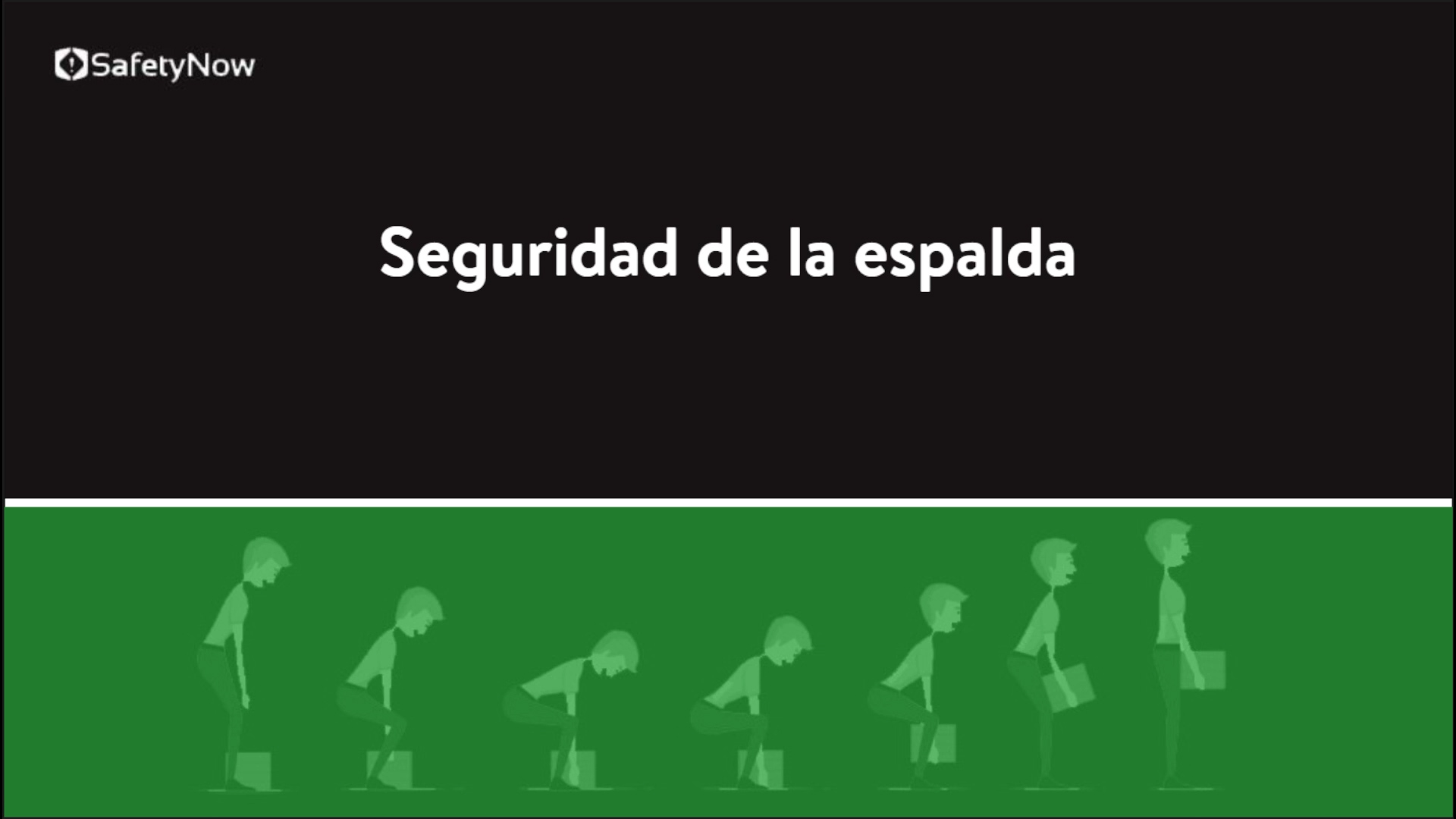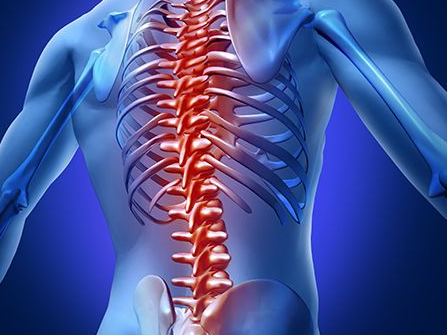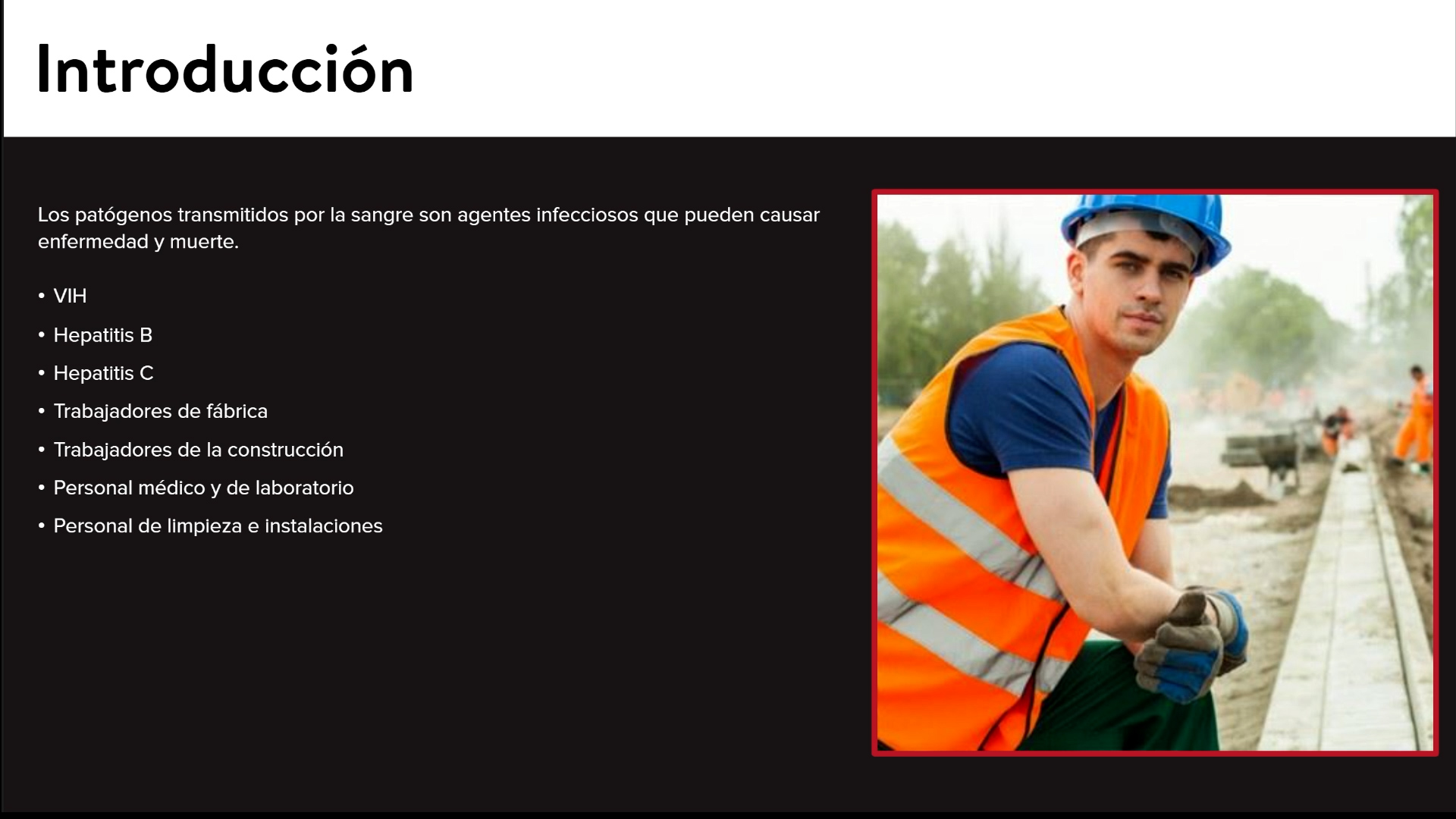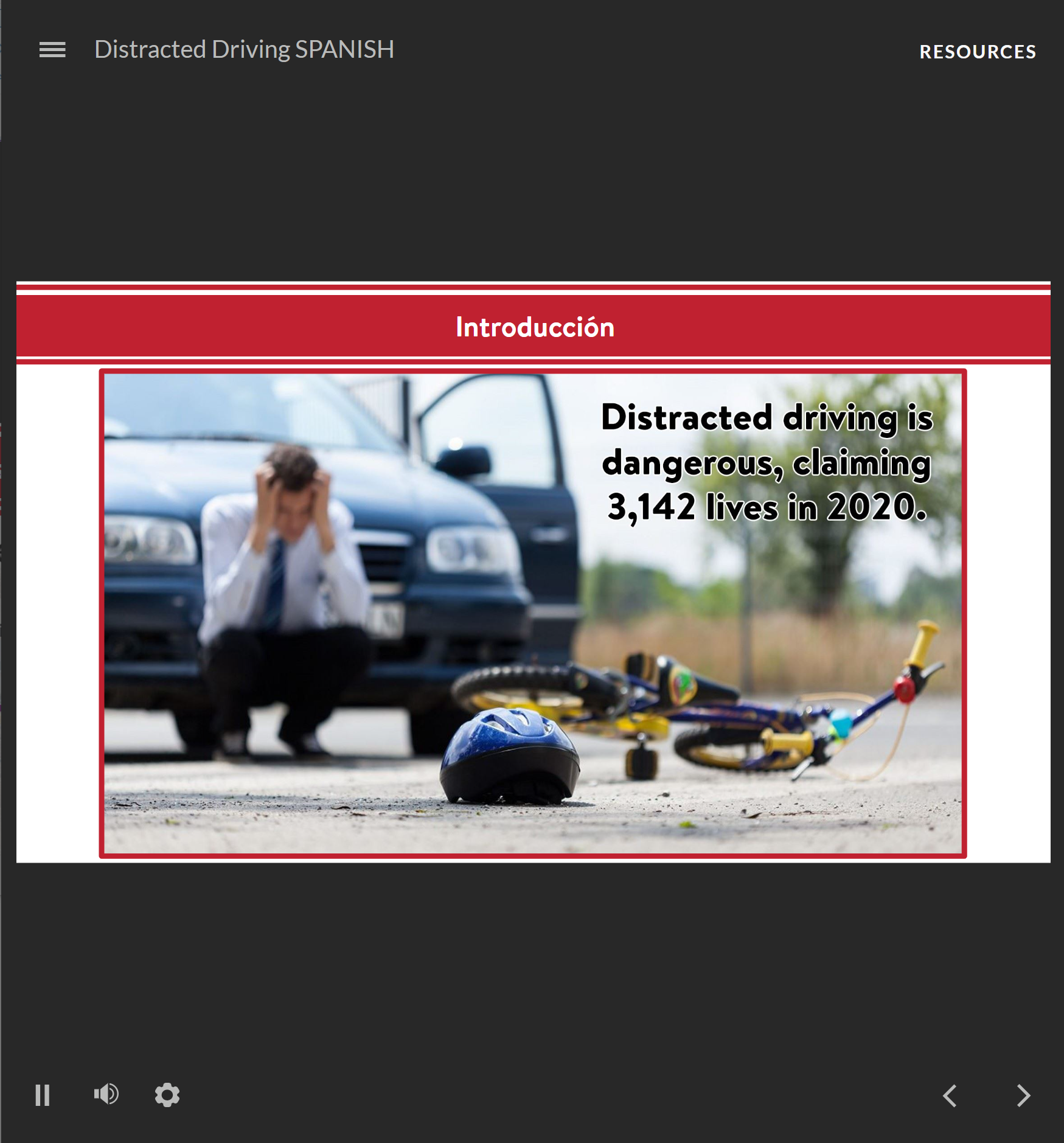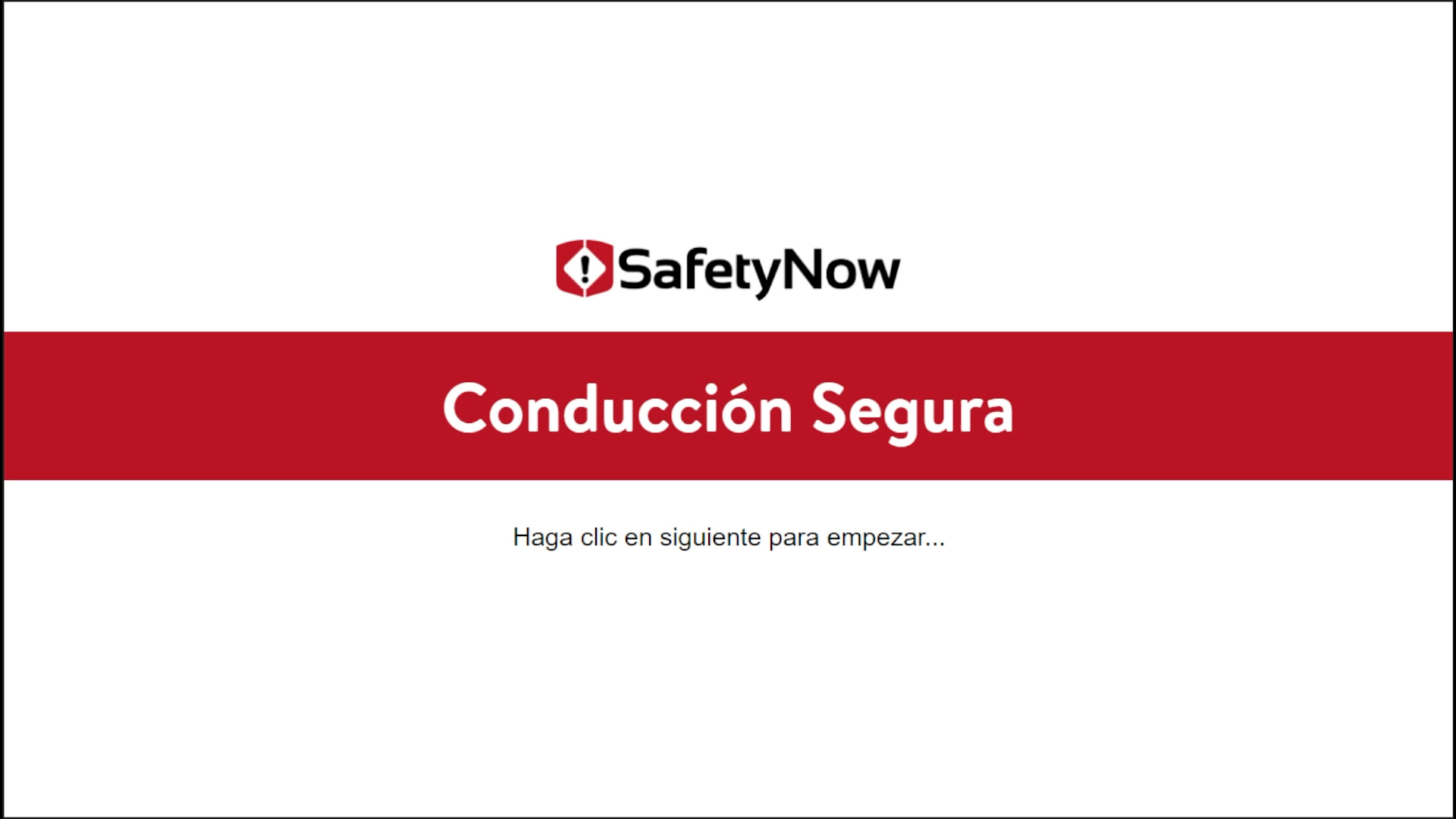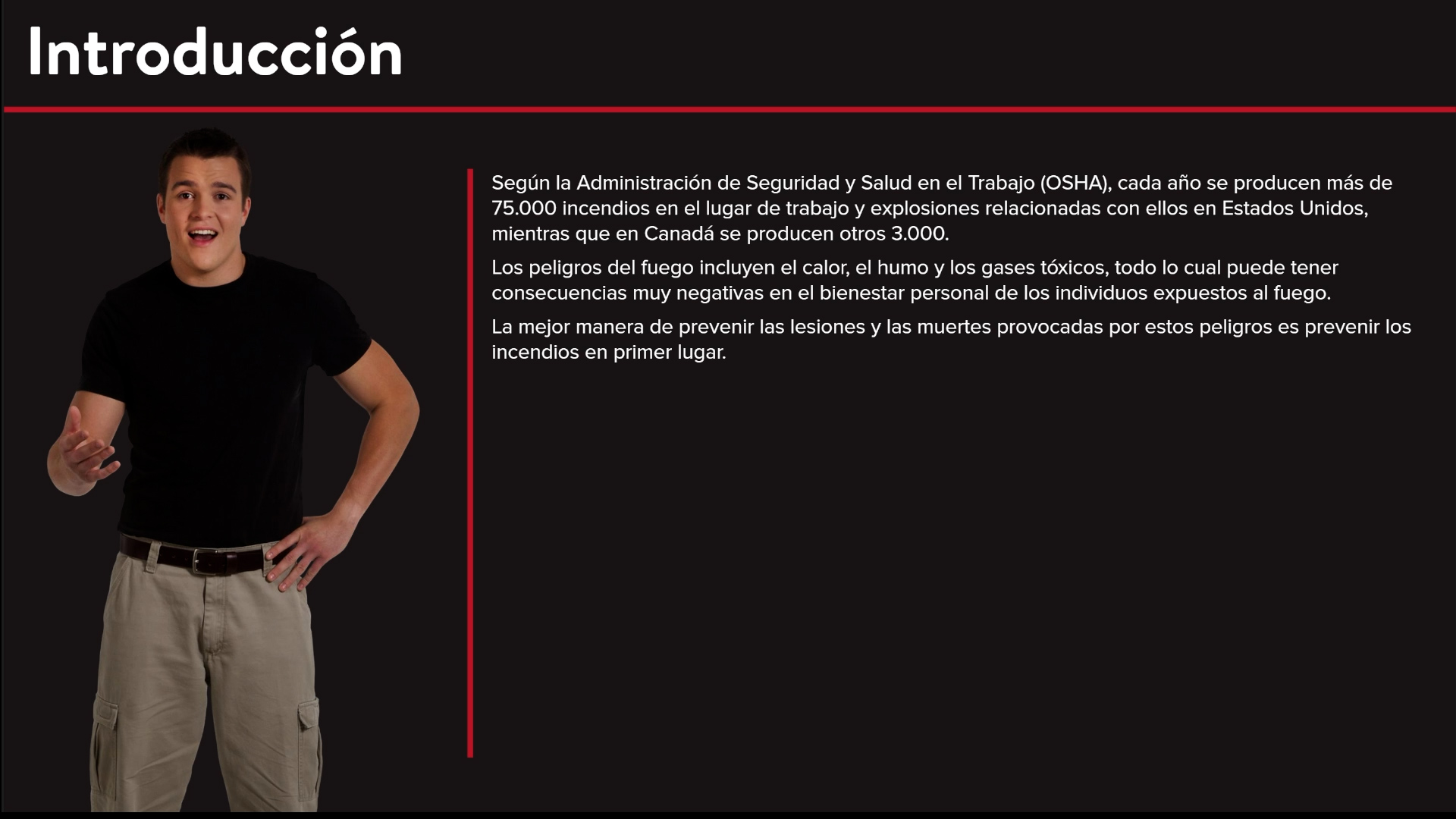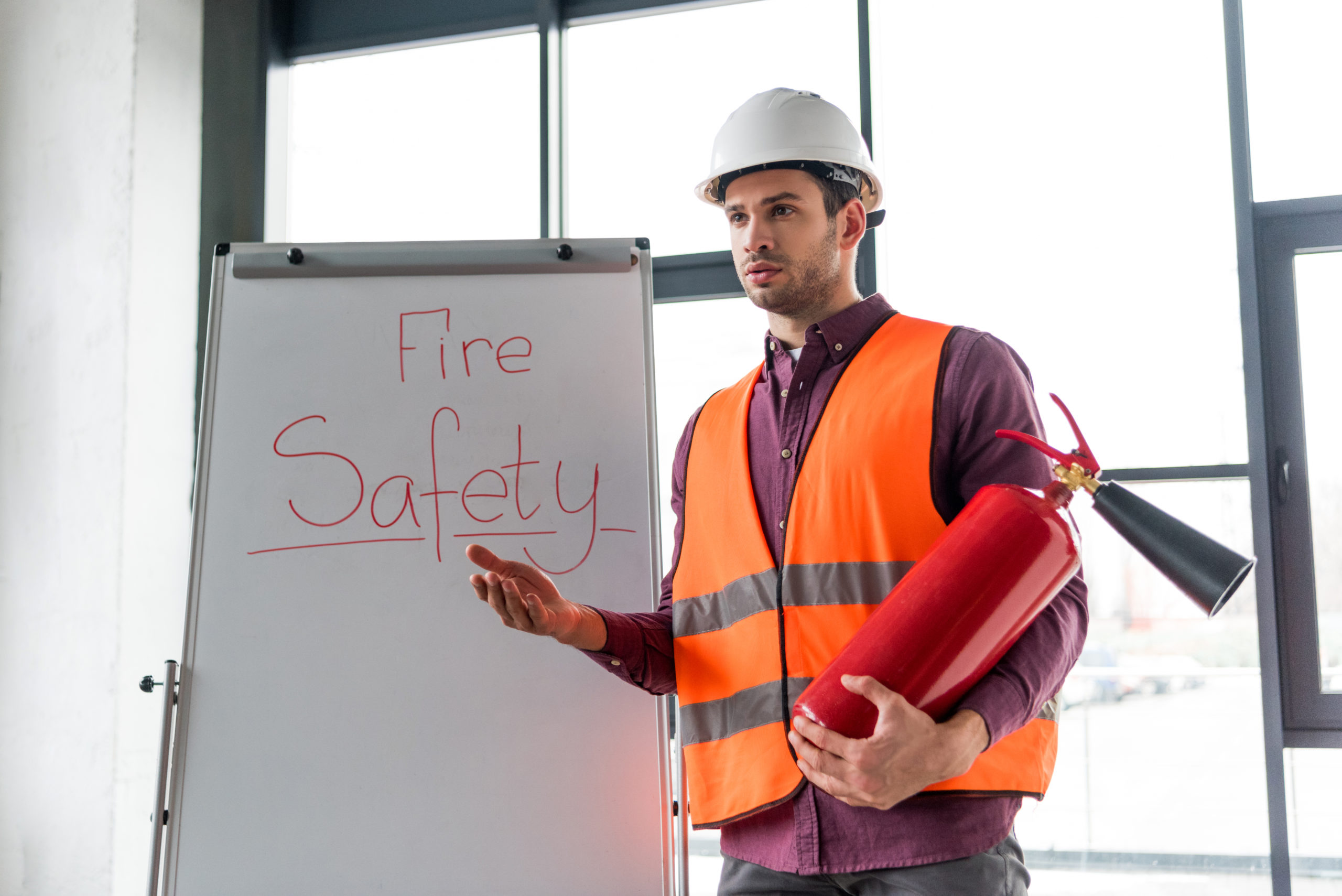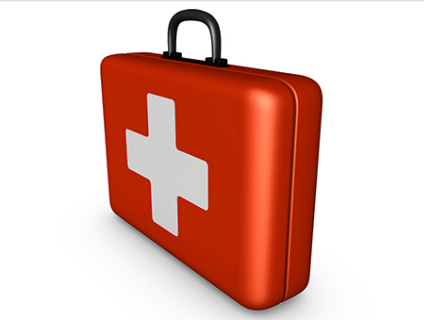-

 “Air pollution is a major environmental risk to health. By reducing air pollution levels, countries can reduce the burden of disease from stroke, heart disease, lung cancer, and both chronic and acute respiratory diseases, including asthma.” The Clean Air Act Amendments of 1990 were passed to reduce pollution and establish standards for industrial air emissions.
“Air pollution is a major environmental risk to health. By reducing air pollution levels, countries can reduce the burden of disease from stroke, heart disease, lung cancer, and both chronic and acute respiratory diseases, including asthma.” The Clean Air Act Amendments of 1990 were passed to reduce pollution and establish standards for industrial air emissions. -

 According to the Environmental Protection Agency (EPA), “Hazardous waste is waste that is dangerous or potentially harmful to our health or the environment. Hazardous wastes can be liquids, solids, gases, or sludges. They can be discarded commercial products, like cleaning fluids or pesticides, or the by-products of manufacturing processes.” There is a growing awareness of the dangerous side effects of hazardous waste contamination. Years ago, many industrial plants discharged heavy metals and unstable organic compounds directly into streams or injected them into the earth’s subsurface through wells, causing illness in populations with close proximity to these toxic sites. This lesson teaches the industrial sources of land, air, and water pollution, the health dangers that environmental pollutants present, and the types of actions that industrial facility workers must complete in order to control industrial pollutants and respond to environmental incidents.
According to the Environmental Protection Agency (EPA), “Hazardous waste is waste that is dangerous or potentially harmful to our health or the environment. Hazardous wastes can be liquids, solids, gases, or sludges. They can be discarded commercial products, like cleaning fluids or pesticides, or the by-products of manufacturing processes.” There is a growing awareness of the dangerous side effects of hazardous waste contamination. Years ago, many industrial plants discharged heavy metals and unstable organic compounds directly into streams or injected them into the earth’s subsurface through wells, causing illness in populations with close proximity to these toxic sites. This lesson teaches the industrial sources of land, air, and water pollution, the health dangers that environmental pollutants present, and the types of actions that industrial facility workers must complete in order to control industrial pollutants and respond to environmental incidents. -
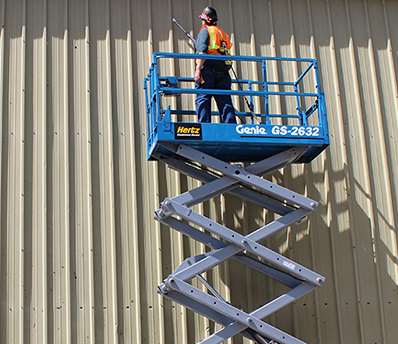
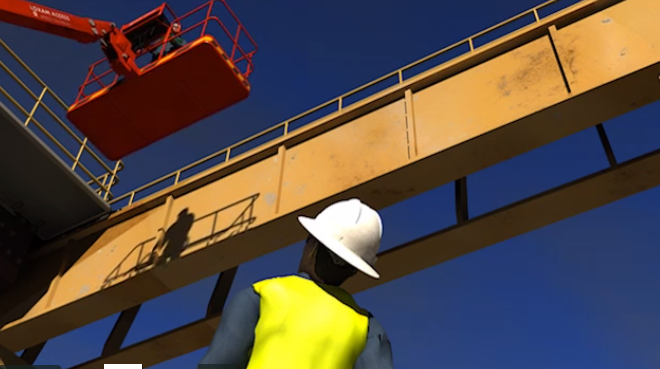 Operating aerial lifts safely begins with preventive maintenance and conditioning of machinery, and there are a lot of considerations before even turning on the key, but the majority of aerial lift accidents happen because of a lack of training or inattention. The most common hazards involving aerial lifts are falls, tip-overs, ejections, structural failure, and electrocution. Inexperience with equipment is another common factor in aerial lift accidents. At a minimum you need to be familiar with correct lift operation, how to perform inspections, and knowledge of manufacturers’ requirements.
Operating aerial lifts safely begins with preventive maintenance and conditioning of machinery, and there are a lot of considerations before even turning on the key, but the majority of aerial lift accidents happen because of a lack of training or inattention. The most common hazards involving aerial lifts are falls, tip-overs, ejections, structural failure, and electrocution. Inexperience with equipment is another common factor in aerial lift accidents. At a minimum you need to be familiar with correct lift operation, how to perform inspections, and knowledge of manufacturers’ requirements.



